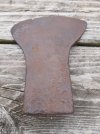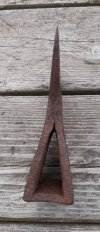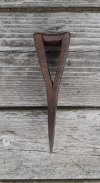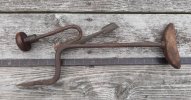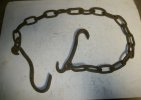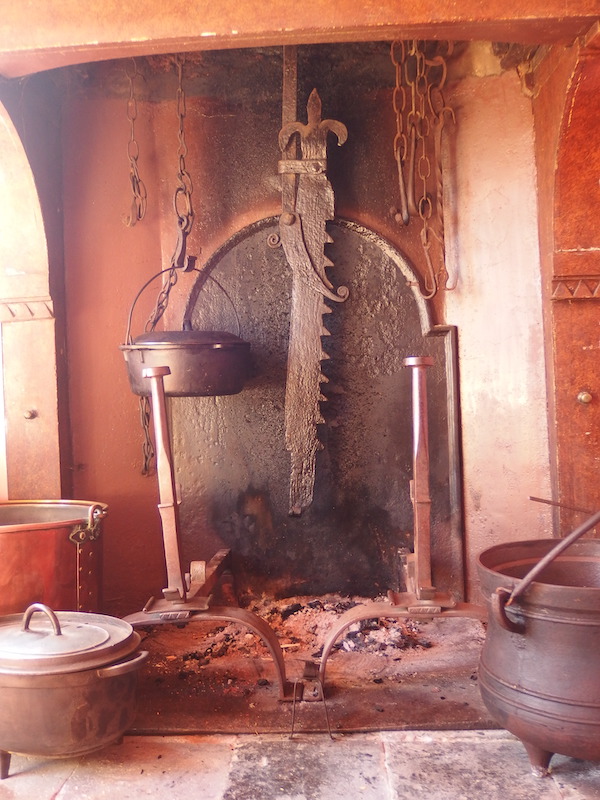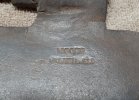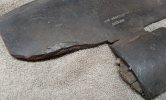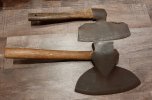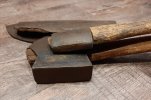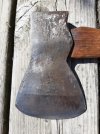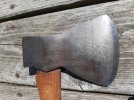J.P., that's a beautiful ulu; I want to feel it in my hand, feel it's balance, and make a salad with it! BTW. what's the plural for t'labaas?
And... a left-handed bearded hewing hatchet. I'm sure I saw three or four of them just last week! Don't I wish! Condition looks great, but I could enjoy it even more with a few more photos, if you've got some.
I'm sorry,i must disappoint on both counts!
I'm not a speaker,alas,of our local,the Koyukon, dialect of Athabaskan...Speakers are actually far and few between nowadays...(i'll find when i get a chance though!).
And that axe i took too few photos of,i was in collections for other reasons that time,and came across it accidentally....(i'm surprised actually that i don't see just the plain view photo of it...i'll look again...).
Curators didn't know much about that axe,other than it was collected in early 1900's in Barrow,AK...(maybe forged locally,or came off one of the whalers,not recorded)...



